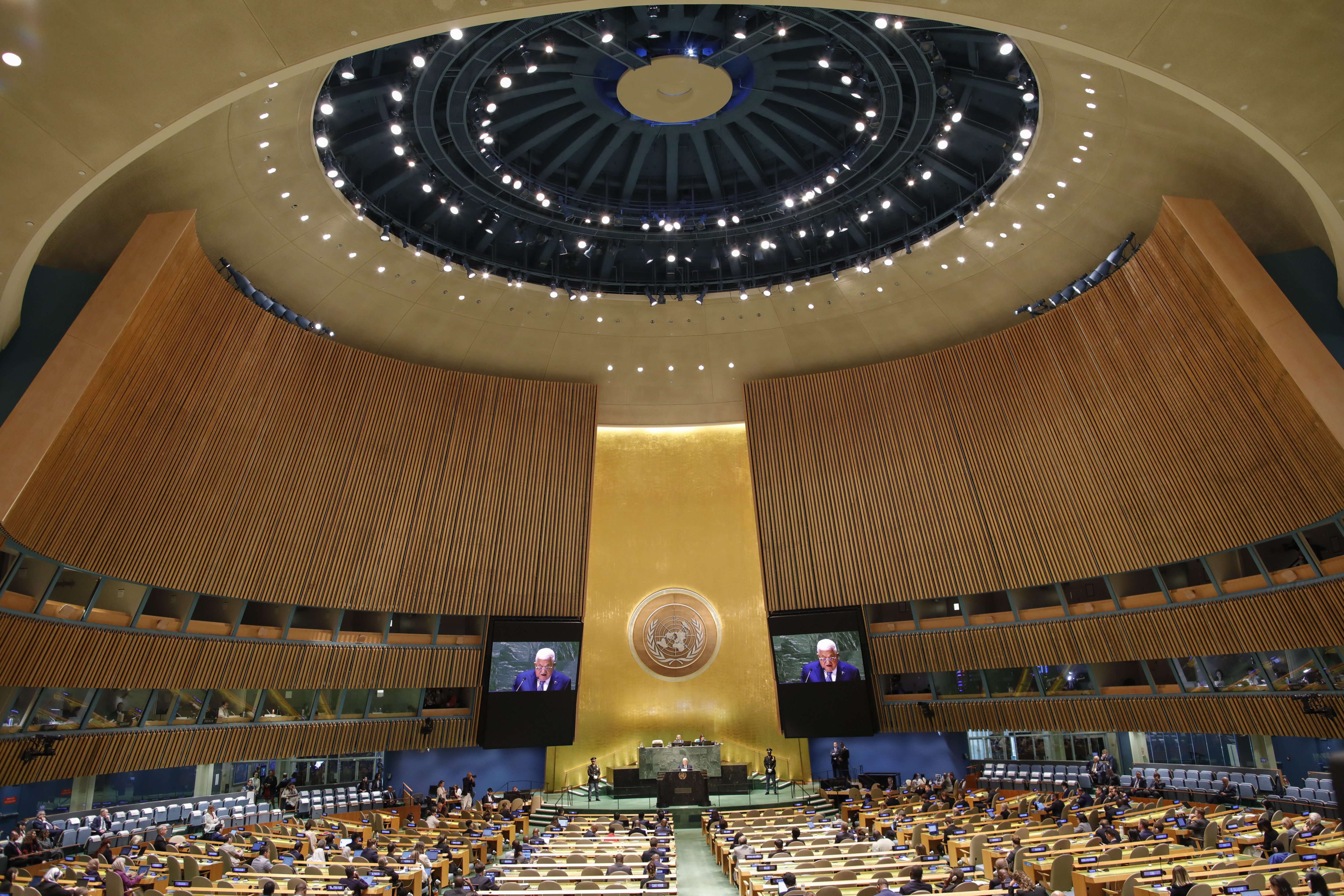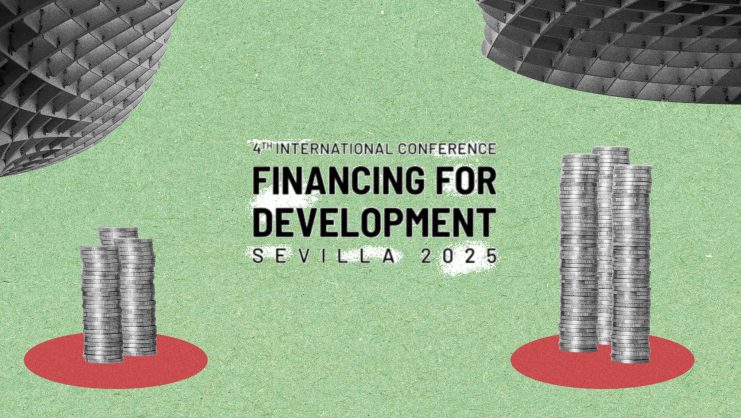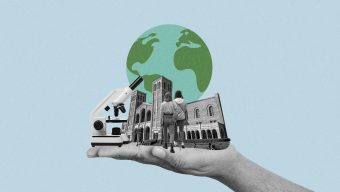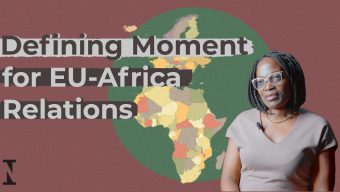The General Debate of the 78th session of the United Nations General Assembly, known as UNGA in multilateral dialect, took place from September 19-26. Every year around the third week of September, the world’s leaders make a pilgrimage to New York to share their views on the global situation and the main challenges facing humanity. The city turns into the center of world diplomacy: traffic comes to a standstill, events abound, and meetings follow one after the other at a breakneck pace.
This year was no exception. From the moment Brazilian President Lula Da Silva opened the parade of leaders taking the podium at the General Assembly until the Moroccan representative closed it, the 193 member countries of the organization, together with the European Union, Palestine, and the Holy See, laid out their international priorities and their vision of the future of the planet. Apart from the string of formal speeches, the unique concentration of leaders in the Big Apple provides the setting for extensive parallel events ranging from public forums, regional gatherings, and mini summits to a host of bilateral meetings. Many of these take place behind the scenes and never become public knowledge. They can help unblock long-festering conflicts by bringing irreconcilable enemies together in a discreet hotel room or makeshift office. Quite a few observers believe that the real value of such international meetings lies in this corridor diplomacy rather than in prepared speeches or scripted panel sessions.
While this ritual is repeated in New York every year, each UNGA has a particular focus often shaped by current events. Unlike the major years that adopted a high-profile declaration or were a turning point on the UN agenda, this 2023 UNGA was a rather transitional event. The level of ambition is usually driven by big commemorations: this was the case in 2020 with the celebration of the organization’s 75th anniversary and the subsequent adoption of “Our Common Agenda”; 2015 with the launch of the 2030 Agenda and the Sustainable Development Goals (SDGs); the 2005 World Summit that adopted the Responsibility to Protect; or the 2000 Millennium Summit, which kickstarted the first Millennium Development Goals (MDGs).
As each summit and meeting raises unmet expectations, the public’s confidence in multilateralism erodes a little further.
It would be a mistake, though, to conflate transition with irrelevance. This UNGA hosted significant high-level meetings on some of the key issues for the United Nations and the international community as a whole, such as financing for development, the battle against tuberculosis, readiness for future pandemics, and universal access to healthcare. But two events stood out due to their special significance for the organization’s future agenda.
Firstly, between September 18 and 20, two consecutive and to a great extent complementary summits of leaders were held on the SDGs and Climate Action. The meeting on the SDGs noted how they are not being met and yielded a political declaration calling for efforts to be redoubled between now and the end of the decade just as we have reached the halfway point of the 2030 Agenda. Meanwhile, the Climate Action Summit signaled the need to unlock urgent, credible, and bold solutions to step up the pace and scale of the green transition to tackle the environmental emergency we are facing. Both meetings came in response to the evidence that the pandemic, the Ukraine War, and growing international rivalry are militating against international cooperation on development and sustainability. While we have a roadmap to cope with the major challenges of our time, we are blatantly failing to comply with it and thereby jeopardizing our survival as a species and the health of the planet itself.
The other event held in New York that will set the pace for the organization in the coming months was the Ministerial Meeting that kicked off preparations for the Summit of the Future set to take place next year. Convened by Secretary-General Guterres as part of the reform drive begun to mark the 75th anniversary of the United Nations, the Summit of the Future will be a chance to rethink our current multilateral architecture and remedy the striking shortcomings of a system of global governance devised at the end of the Second World War and whose structures, procedures, and guiding principles reflect more the reality of yesterday than of today.
The Summit of the Future was initially scheduled for this year; however, the challenging international situation advised putting it off until 2024 in a sign of the difficulties moving forward with any global agenda in the current situation, increasingly shaped by a clash of powers and models. There is little room for optimism that anything much will change in just twelve months: the Security Council is hamstrung by the blatant aggression of one of its five permanent members against a sovereign state; in vote after vote, the General Assembly reveals the growing division between warring blocs; international trade is increasingly splintered and its mechanisms are languishing in gridlock; concerns about strategic security and resilience are putting up barriers to openness and international flows; arms spending is soaring while the resources allocated to diplomacy, conflict prevention, and development cooperation are dwindling.
UNGA 2023 has been another attempt to double down in a world in which multilateralism is at a low ebb. The reality is that only the United States out of the five permanent members of the Security Council, the ones with the right to veto, was represented at the highest level this past week. So much for engagement with the United Nations. Neither Xi, Macron, Sunak nor, obviously, Putin turned up in New York. Only Biden put in an appearance. Words and promises were once again plentiful among those who did attend, but few are confident that the necessary actions will follow. As each summit and meeting raises unmet expectations, the public’s confidence in multilateralism erodes a little further.
Nevertheless, we should not despair. Civil society was there this week in New York calling for a different kind of multilateralism: more democratic, more efficient, more inclusive. Let’s hope some of their bold proposals will be heard. We can also take solace in the fact that, at least for now, all countries still meet once a year and appear before the United Nations General Assembly. And we can still dream that, in one way or another, we will someday manage to enhance this global governance which is so badly in need of far-reaching reforms. Everything is riding on it.
© IE Insights.











